Multidisciplinary Design Optimization in Computational Mechanics
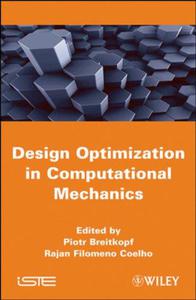
Multidisciplinary Design Optimization in Computational Mechanics By
2010 | 561 Pages | ISBN: 1848211384 | PDF | 31 MB
This book provides a comprehensive introduction to the mathematical and algorithmic methods for the Multidisciplinary Design Optimization (MDO) of complex mechanical systems such as aircraft or car engines. We have focused on the presentation of strategies efficiently and economically managing the different levels of complexity in coupled disciplines (e.g. structure, fluid, thermal, acoustics, etc.), ranging from Reduced Order Models (ROM) to full-scale Finite Element (FE) or Finite Volume (FV) simulations. Particular focus is given to the uncertainty quantification and its impact on the robustness of the optimal designs. A large collection of examples from academia, software editing and industry should also help the reader to develop a practical insight on MDO methods.Content: Chapter 1 Multilevel Multidisciplinary Optimization in Airplane Design (pages 1-16): Michel RavacholChapter 2 Response Surface Methodology and Reduced Order Models (pages 17-64): Manuel SamuelidesChapter 3 PDE Metamodeling Using Principal Component Analysis (pages 65-117): Florian De VuystChapter 4 Reduced?Order Models for Coupled Problems (pages 119-197): Rajan Filomeno Coelho, Manyu Xiao, Piotr Breitkopf, Catherine Knopf?Lenoir, Pierre Villon and Maryan SidorkiewiczChapter 5 Multilevel Modeling (pages 199-263): Pierre?Alain Boucard, Sandrine Buytet, Bruno Soulier, Praveen Chandrashekarappa and Regis DuvigneauChapter 6 Multiparameter Shape Optimization (pages 265-285): Abderrahmane Benzaoui and Regis DuvigneauChapter 7 Two?Discipline Optimization (pages 287-319): Jean?Antoine DesideriChapter 8 Collaborative Optimization (pages 321-367): Yogesh Parte, Didier Auroux, Joel Clement, Mohamed Masmoudi and Jean HermetzChapter 9 An Empirical Study of the Use of Confidence Levels in RBDO with Monte?Carlo Simulations (pages 369-404): Daniel Salazar Aponte, Rodolphe Le Riche, Gilles Pujol and Xavier BayChapter 10 Uncertainty Quantification for Robust Design (pages 405-424): Regis Duvigneau, Massimiliano Martinelli and Praveen ChandrashekarappaChapter 11 Reliability?based Design Optimization (RBDO) (pages 425-458): Ghias Kharmanda, Abedelkhalak El Hami and Eduardo Souza De CursiChapter 12 Multidisciplinary Optimization in the Design of Future Space Launchers (pages 459-468): Guillaume Collange, Nathalie Delattre, Nikolaus Hansen, Isabelle Quinquis and Marc SchoenauerChapter 13 Industrial Applications of Design Optimization Tools in the Automotive Industry (pages 469-498): Jean?Jacques Maisonneuve, Fabian Pecot, Antoine Pages and Maryan SidorkiewiczChapter 14 Object?Oriented Programming of Optimizers - Examples in Scilab (pages 499-538): Yann Collette, Nikolaus Hansen, Gilles Pujol, Daniel Salazar Aponte and Rodolphe Le Riche


![S.T.A.L.K.E.R. 2 / STALKER 2: Heart of Chornobyl - Ultimate Edition (2024) [+UPDATE 23.12.2024 - v1.1.3] ElAmigos / Polska wersja językowa](https://i.postimg.cc/Zqd8RWGY/UZG8PBE.jpg)



































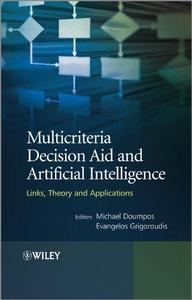

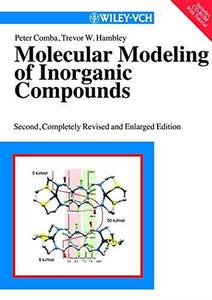

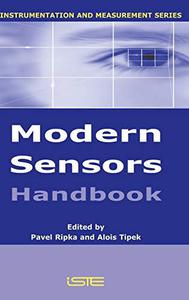
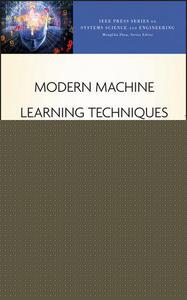
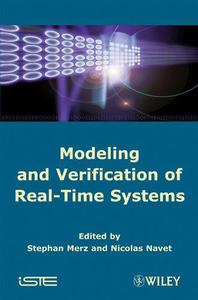
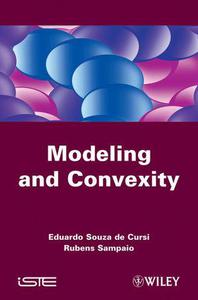








![David Gilmour - Luck and Strange (2024) [FLAC]](https://i.imgur.com/everaBc.jpeg)
![Męskie Granie Orkiestra - Męskie Granie 2024 (2024) [FLAC]](https://i.imgur.com/FAyOxrM.jpeg)
![The Rolling Stones - Hackney Diamonds (2023) [FLAC]](https://i.imgur.com/wCkyyUN.jpg)
![Lady Gaga - Harlequin (2024) [FLAC]](https://i.imgur.com/dcgIA8D.jpeg)
![Natalia Kukulska - Dobrostan (2024) [FLAC]](https://i.imgur.com/bdljG3O.jpeg)
![Kaśka Sochacka - Ta druga (2024) [FLAC]](https://i.imgur.com/hORQKvn.jpeg)
![Kuba Sienkiewicz - Pani Bóg (2024) [FLAC]](https://i.imgur.com/qijCx8Z.jpeg)
![Lanberry - Heca (2024) [FLAC]](https://i.imgur.com/8P7QfeR.jpeg)
![Sara James - PLAYHOUSE (2024) [FLAC]](https://i.imgur.com/m4f8OKg.jpeg)
![Grzegorz Hyży - EPILOG (2024) [FLAC]](https://i.imgur.com/8DA2sBr.jpeg)
![Myslovitz - WIECZORAMI CHŁOPCY WYCHODZĄ NA ULICE (2024) [FLAC]](https://i.imgur.com/l9mMtIG.jpeg)
![Krzysztof Zalewski - ZGŁOWY (2024) [FLAC]](https://i.imgur.com/vh48RAc.jpeg)
![Krzysztof Cugowski - Wiek to tylko liczba (2024) [FLAC]](https://i.imgur.com/SBzgqe2.jpeg)
![Nosowska - Kasia i Błażej (2024) [FLAC]](https://i.imgur.com/mObvVXQ.jpeg)
![sanah - Pianinkowe Kaprysy (2024) [FLAC]](https://i.imgur.com/pVjjPAa.jpeg)
![Kwiat Jabłoni - Pokaz slajdów (2023) [FLAC]](https://i.imgur.com/diERHfZ.jpg)
![Robert Cichy - Spacer po Warszawie (2024) [FLAC]](https://i.imgur.com/ixleU9o.jpeg)
![Viki Gabor - Terminal 3 (2024) [FLAC]](https://i.imgur.com/Q1KCnDs.jpeg)
![Sanah - Kaprysy (2024) [FLAC]](https://i.imgur.com/71OZm4h.jpeg)
![Męskie Granie Orkiestra - Męskie Granie 2023 (2023) [FLAC]](https://i.imgur.com/U4YHo8d.jpg)




